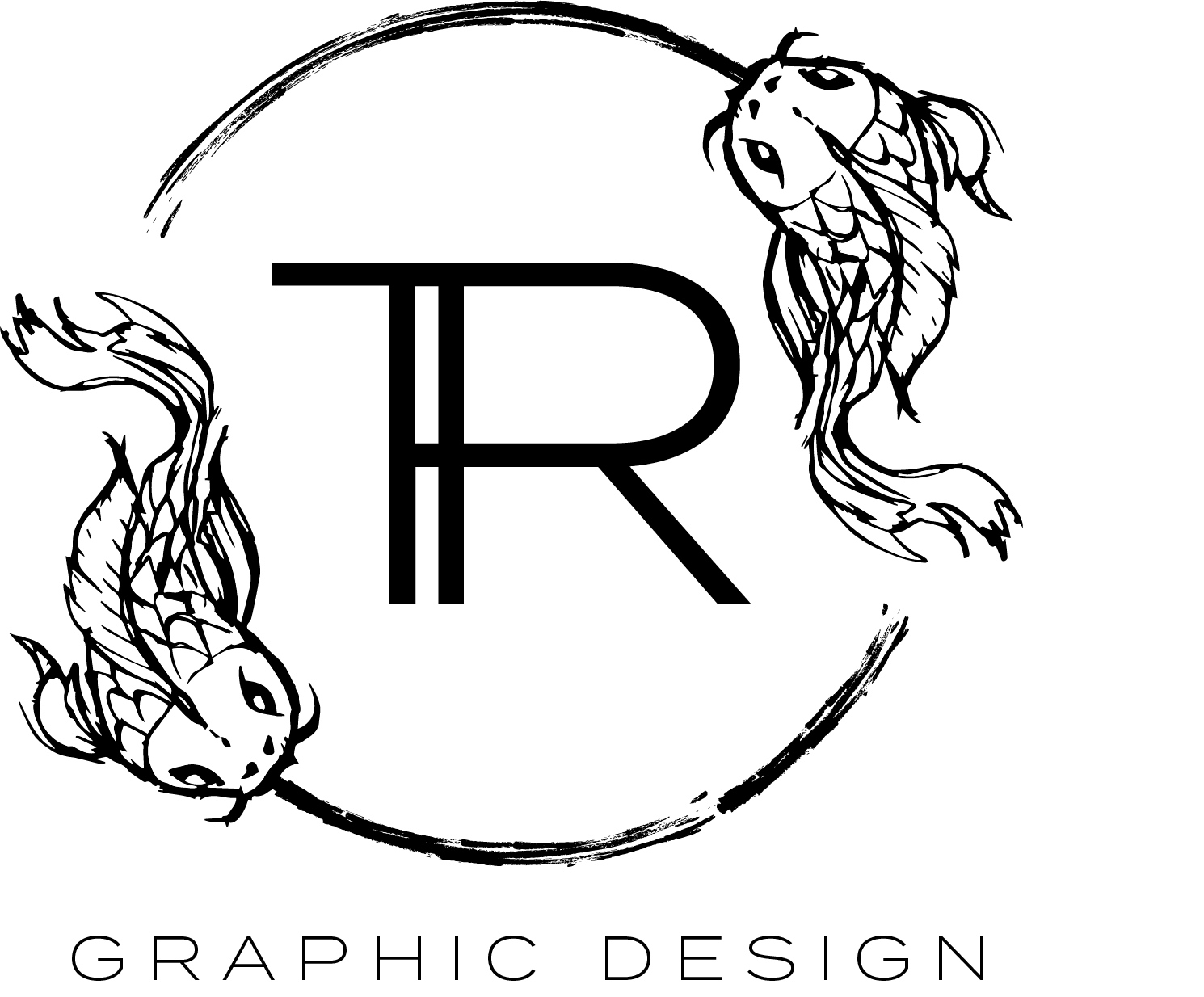It’s been a while.
Longer than I’d like to admit, really. But the memory has diluted little over time: the deafening hum of the presses, spinning cylinders whirring across taut rolls of stock, the paper dust suspended in the air like a dry fog. I had just graduated college and moved 800 miles from my hometown and somehow snagged a typesetter role at a commercial print shop. While I thought I could handle Adobe products fairly well, I was completely clueless about how to use them for print. Suddenly Photoshop and Illustrator were no longer creative playthings - but real tools I was expected to wield as a professional.
It was pretty humbling, and at points downright embarrassing. I grew familiar with the sick feeling of a pressman swinging open the door to our little office just off the pressroom, plate in hand - a typo, spot colors out of register, somehow the cmyk build is making everything look green.
But I had the best of teachers. I landed in the midst of a group of people who were soaked in print profession for decades - and patient, long-suffering mentors to boot. Professionals dedicated to the exacting science of print, the unforgiving specific parameters determined by both the method and the medium. They taught me not only techniques, but instilled a great respect for the craft.
Print is a unique dialect within the design world. One that has dramatically reduced in use over the last decade. And that is not a bad thing - digitization is a kaleidoscopic delight of convenience and accessibility - not to mention mostly where I create and produce my work. But maybe that is what makes print all the more special, like a keepsake or an unexpected gift. A printed piece has tactile presence: it is with you, there, in your hand, standing before you. It is present, committed to being what it is. And that is beautiful.
